
Wait, Why Did That Bubble Appear?
Most people don’t realize that what looks like “just another blister” on your lower leg could be your body’s way of raising a red flag… not to be dramatic, but it’s not always just a friction thing. Edema blisters—those fluid-filled bubbles that show up on water blisters on lower legs—are sneakier and, frankly, a bit misunderstood.
I learned this the hard way scrolling late at night through water blisters on legs pictures. I wanted answers, not just another horror story. All I kept thinking: What actually causes these transparent little balloons, and what am I supposed to do about them?
Connecting the Dots: Swelling, Pressure… Then Blisters
You know how sometimes your socks leave a deep line on your calves? Or your shoes suddenly feel tight at night? We’ve all felt a bit “puffy” now and again. But when edema (that’s the fancy word for swelling from trapped fluid) hangs around in your legs, it puts extra pressure on your skin. It’s like your skin is a water balloon—once there’s too much inside, something has to give. And that’s when edema blisters appear.
The science-y part? (Don’t worry, I’ll keep this human.) That fluid gets pushed out of tiny blood vessels faster than your lymphatic system (your body’s internal “drainage”) can clean it up. So fluid starts to pool right under your skin. Sometimes, that trapped fluid collects in pockets… and creates what we see as pictures of edema blisters. According to recent info from leading clinics and research on edema blisters, this is pretty common if your swelling is severe or left unchecked.
But Why Legs?
Here’s an easy visual: picture your legs as the basement of your body. All the fluid your body doesn’t “mop up” during the day tends to leak downward—gravity, you know? You get more pressure, more swelling, and for some folks (especially if you’re sitting or standing all day), more blisters on the lower legs and ankles. That’s why so many water blisters on legs pictures and water blisters on lower legs look so similar.
Real Life: How They Start
Let me tell you about my friend Mike. He drives for a living, spends hours with his feet on the pedals. One sweltering summer, he noticed tiny clear blisters clustering around his ankle—he thought it was heat rash. “Just ignore it,” he said… until one popped, got red, and made it painful to put on socks. The skin there was puffier than usual—classic edema. His doctor said it was fluid pushing out from the swelling’s pressure. The pictures matched perfectly with what you see online and in clinics. So, yeah—it happens to real people, not just stock photos!
How to Spot an Edema Blister (Without Freaking Yourself Out)
This part’s important. Let’s say you notice a small, bubble-like spot on your leg—maybe near that swelling that always comes back after road trips. Don’t panic. Not all blisters are created equal! Here’s how to tell this kind apart (and, honestly, ease your mind):
| Feature | Edema Blister | Friction Blister |
|---|---|---|
| Fluid Color | Clear, watery | Usually clear, can turn bloody |
| Feel | Tense, skin is puffy | Sore, mostly after repetitive rubbing |
| Common Spot | Lower leg, ankle, top of foot | Toes, heels, anywhere shoes rub |
| Associated with visible swelling? | Yes, always | Not really |
If you flip through some trusted galleries (water blisters on lower legs), you’ll see these blisters sit right on top of puffy, stretched skin—they’re rarely lonely! More like at a swelling “party,” honestly…
Okay, How Bad Can It Get?
This is the part I wish someone had told me sooner. If you ignore them, blisters from edema can pop—sometimes without you noticing—and then you’re at risk for infection. WebMD’s skin experts say that when that thin “roof” tears away, bacteria can waltz in. And if you have underlying conditions, healing can take a while.
But don’t stress! Just seeing these blisters doesn’t mean you’re doomed or did something wrong. It’s just your body saying, “Hey, slow down. Help me out down here.”
What Do Edema Blisters Actually Look Like?
Let’s get visual (not medical textbook-level, promise). Imagine:
- Small bubbles filled with clear (sometimes slightly yellow) fluid.
- The surrounding skin feels squishier or tighter than usual.
- They might bunch together—clusters aren’t rare.
- Sometimes they appear overnight, especially after a long day standing or sitting.
If you want a reality check, those water blisters on legs pictures online are a great reference—yes, they can look intimidating, but they’re pretty similar from person to person. You’ll also spot them in photo archives from clinics and health resources (example stock photo gallery), and the pattern is always: prominent swelling, tense clear blisters, thin fragile skin.
Why Pictures Help (Spoiler: You Are Not Alone!)
Pictures give you peace of mind—they anchor your experience to real examples. You’ll see that what’s happening on your skin isn’t as rare as it feels. Also, you might spot when a blister doesn’t quite fit the “edema” description… because there’s no shame in asking for a second opinion. Confidence starts with knowing what’s up, right?
A Few More Visual Tips
Still nervous? Think about these patterns:
- If you press gently on the blister and the area dimples… it’s probably from swelling.
- If it sits alone on otherwise healthy skin and follows a hard gym day or new shoes? Maybe just friction (less drama, still annoying!).
But if you keep seeing new ones after a salty meal or long car ride, check pictures of edema blisters and compare—they’re a useful “mirror.”
What Should You Do? Simple Steps That Matter
Here comes the “helping a friend in need” part—because once you spot a real edema blister, you’ll want action, not just sympathy. Here’s a human-tested, doctor-backed approach:
1. Protect That Blister!
Sweaty knees or not, please don’t pop it. Seriously. Cover it up with a soft bandage—nothing fancy, just something that keeps dust, pet fur, and, you know, your curious fingers out. According to this breakdown by Tactile Medical, the goal is to keep the blister roof intact as long as possible. If it breaks naturally, swap the bandage for a fresh one and keep the area clean with mild soap and water (skip harsh stuff unless your doc says otherwise).
2. Get Comfy—Loose Clothes & Shoes Are Your Besties
This isn’t the time for tight leggings or compression socks unless your doctor actually recommends those. And shoes that squeeze or rub? Nope. Light, breathable fabrics, soft socks, and slip-on shoes are your new crew until the swelling’s gone.
3. Kick That Swelling (Gently!)
If I had a dollar for every time someone with swollen feet forgot to put their legs up… Elevation works! Prop your legs above heart level; gravity will do some of the work. You can also try gentle movement, as doctors sometimes suggest, to encourage circulation. If it’s safe for your health profile, even a few ankle rotations can help.
Comparison Table: Edema Blister TLC vs. Friction Blister TLC
| Step | Edema Blister | Friction Blister |
|---|---|---|
| Bandage Type | Soft, covers entire area | Blister pad, cushioned |
| Cleaning | Soap & water, gentle | Same |
| Focus | Reduce swelling! | Reduce rubbing |
When Should You Worry?
Okay, real talk. If your blisters keep bursting, oozing, or turning weird colors, or the swelling is spreading fast (we’re talking “whoa, this wasn’t here yesterday” fast), it’s time to call your doc. Don’t tough it out. Health pros can help pin down the cause (sometimes it’s heart or kidney-related, other times it’s lifestyle), and keep infections at bay. Sometimes, you just need a tweak to your routine—diet, movement, or even the kind of compression you wear.
Blisters from edema usually get better with less swelling, but if you have diabetes, poor circulation, or immune issues, any blister on your legs needs extra attention. Trust your gut—if it doesn’t feel right, ask!
Let’s Wrap This Up: It’s Not Hopeless…Or Helpless!
Look, I get that pictures of edema blisters aren’t the highlight of anyone’s week. But being able to spot them (in reality, or online in water blisters on legs pictures) honestly empowers you. These little bubbles are just your body tapping you on the shoulder—maybe not so gently, but with a clear message. ‘Hey, something needs fixing underneath!’
What’s next? Use your new detective skills: check those swelling patterns, compare what you see with real water blisters on lower legs, and start with simple, gentle care. Take a photo for reference. Notice how quickly new ones form, or how long they take to heal.
Don’t be afraid to ask your doctor about it—no shame, no overthinking. These blisters happen to people from all walks of life (pun definitely intended). With attentive care, tweaking your habits, and a little daily check-in, you can help your skin stay protected while you get to the bottom of the swelling causes. Your legs, and your whole body, will thank you.
And hey, next time someone wonders about those mysterious leg bubbles, you’ll be the expert in the room—or, at least, the one who knows which pictures to trust. Now, what do you think: are your legs trying to tell you something new today?

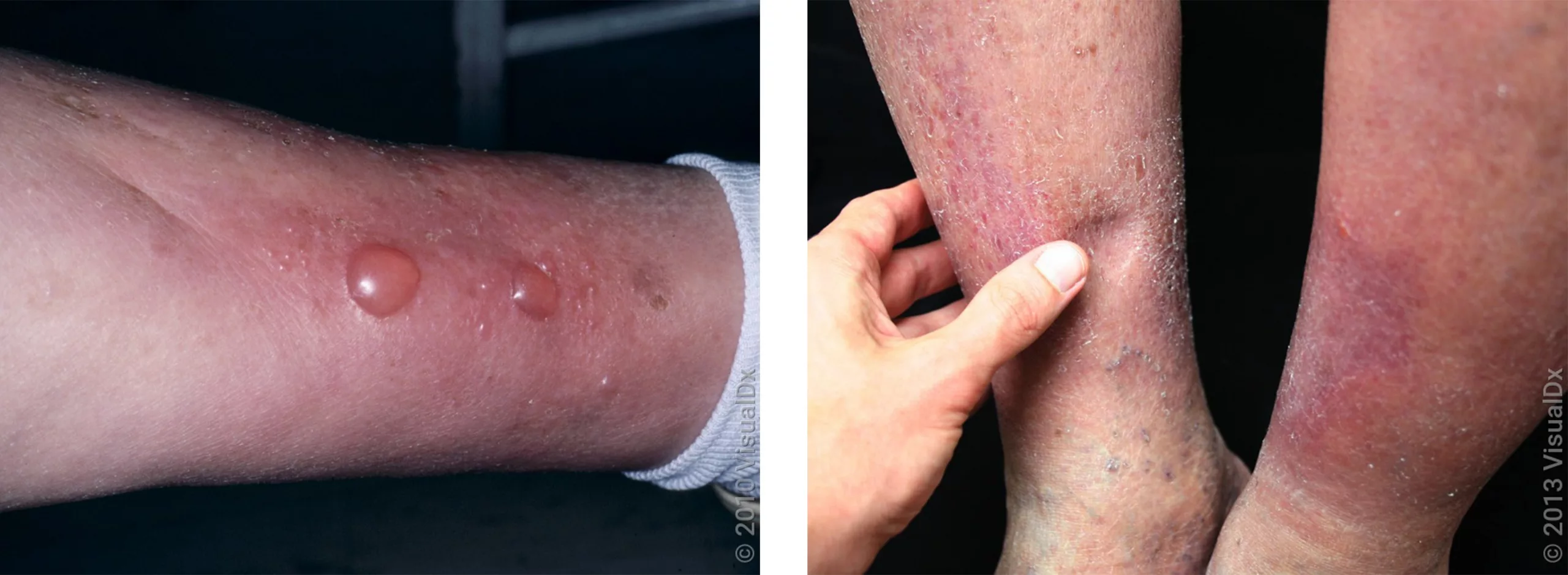


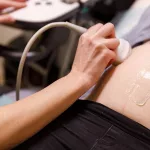


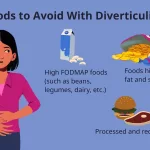
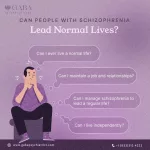


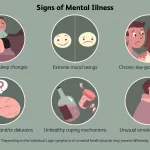
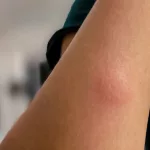
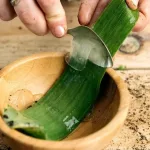

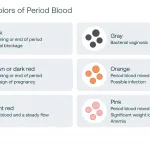
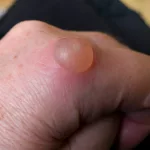

Leave a Reply
You must be logged in to post a comment.